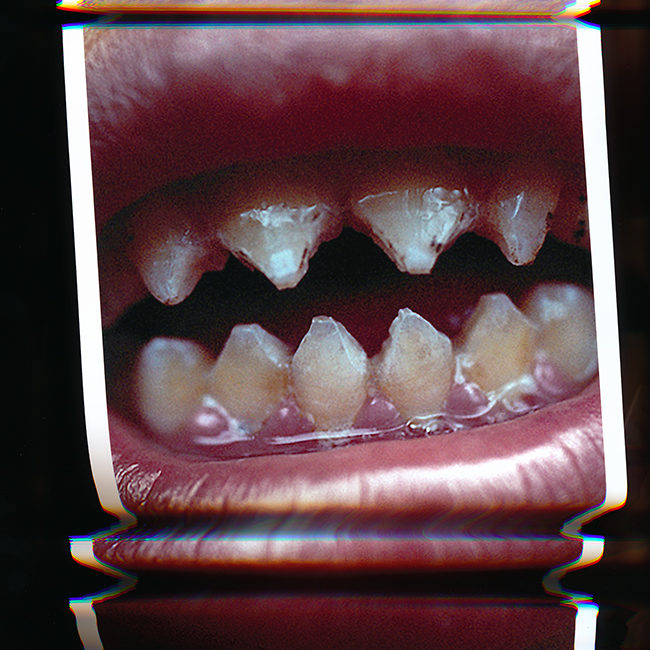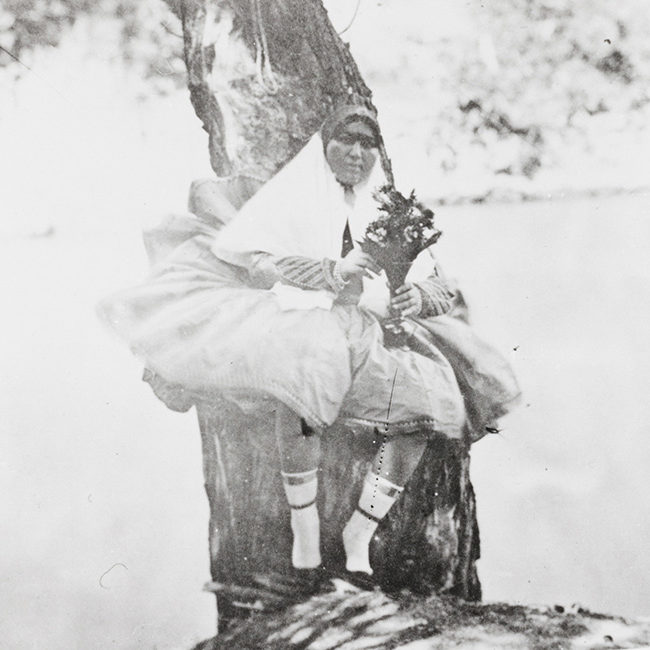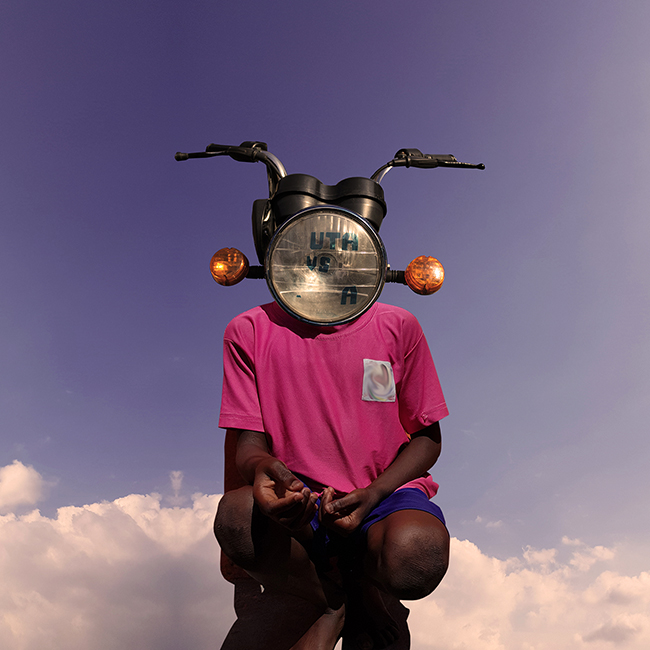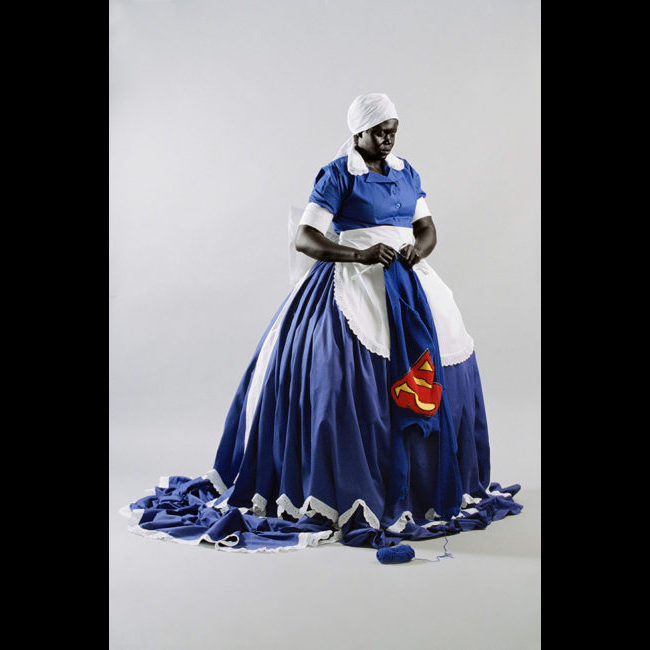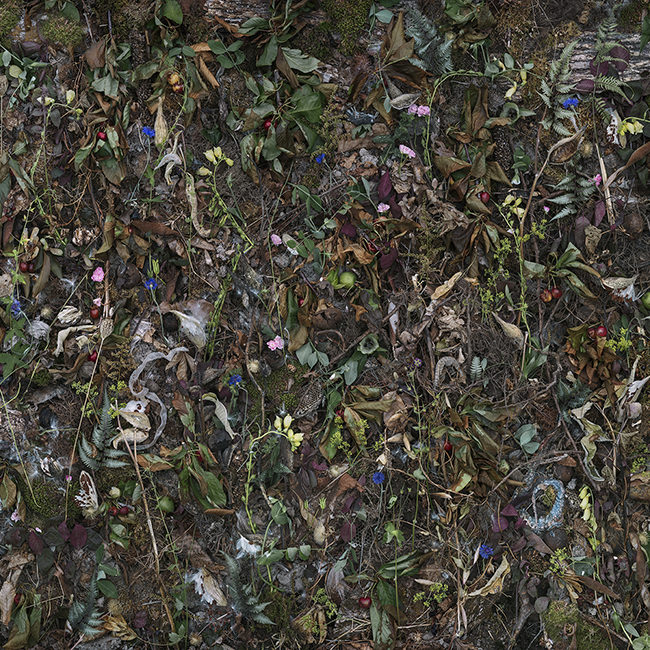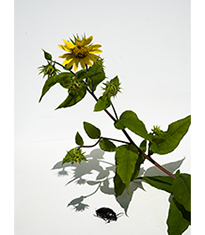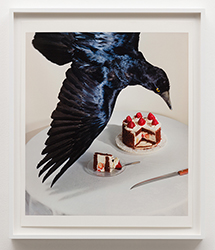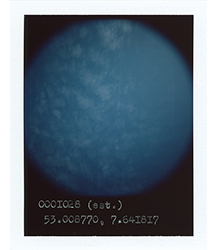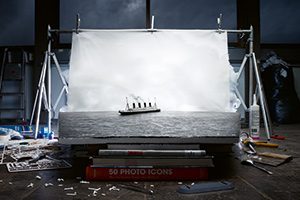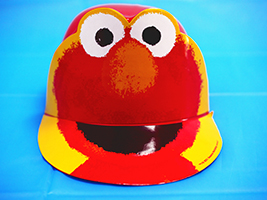Alex Geana‘s “Intended Consequences,” a solo exhibition exploring the ideas of money, power and fragility, opens at the Prince St. Project Space in New York City on Thursday, June 25. Through a series of iconic symbols and props paired with mostly naked men, Geana’s photographic work both celebrates and pokes fun at the idea of wealth and power. “I had a lot of frustration with finding funds for projects, so I channeled that constant ‘New York hustle’ into a show,” Geana writes. The series is much edgier than Geana’s editorial and commercial work, so naturally we were curious to hear more about it.
Photo District News: Charles Leslie commissioned this show for the Leslie + Lohman Museum of Gay and Lesbian Art. How did that relationship develop?
Alex Geana: It took a long time—over ten years. Charles Leslie met me when I was a wide-eyed 25-year-old. Charles likes to observe and watch, to see growth and track progress. I’ve had countless cocktails in his apartment; we’ve gotten to know each other. He’s so observant and knows so much about the history of art. He’s seen my fashion work, knows it well. I also did the portrait used in press outreach and in a book about his collection and life: The Art of Looking.
I was at first shy about doing such evocative work, but now I wonder if I haven’t pushed the envelope far enough. Without Charles this work would never happen. He might be one of the last true patrons of the arts.
PDN: Did you have the freedom to create whatever you wanted?
AG: I had incredible freedom with this show, but with that it’s tough. You want to please your audience. An art dealer gave me advice once: make your work in a vacuum. That’s the worst advice ever. You really have to make something your audience or an audience you reach wants. You can’t just hope something will find a market. If I work with another gallery and have the same support, I’ll probably make a totally different show.
PDN: What did you have to learn or teach yourself since this work is so different from your editorial/assignment?
AG: I just read PDN’s [July] “Fine Art” issue. One of the art dealers [in the article, “Is the Art World Biased Against Commercial Photographers”] stated that photographers really don’t have to make art that’s different from assignment work. I really think they do. At first, I tried to make work that was similar, or at least elevated, but it didn’t work.
I learned so much—because with fine art, you can have more time to develop, to explore. Doing something different is vital, and those skills will transfer to my commercial work. It really pushes you.
PDN: What was the biggest challenge?
AG: Challenges are always money and time. Jerry Saltz, New York Magazine‘s art critic, said, “Stop worrying about money; you won’t have enough; ever.” He’s totally right, because visions just become bigger. I already want to explore 3D printing and more installation work. People think art is all in the final product and the piece. It’s not: it’s in the planning and funding.
The second challenge may be how we perceive the work digitally versus in person. Only key images are available to the press. People think that once they see the work online, they’ve seen the work. It’s not the case. So much attention to detail goes into the print and you have to see it in person. The show is printed on Hahnemuhle Paper, specifically Baryta. It’s bright, has solid vibrancy of color and brings the picture to life. I’m really obsessed with color and tested a ton of paper varieties before picking this.
PDN: What is your “re-photography” process for the still-life images [Slides 1, 7 and 8]?
AG: I developed a technique over time that combines paint and foil. The base image was created first, then printed, then a water tank was placed on the image and gold leaf and paint added, then I’d re-photograph the final piece.
I think Richard Prince has had a pass for all too long. Artists really should make their own starting image and then manipulate it. So, by picking a skull and a technique that’s very time consuming, I wanted to add another layer to the work, to show thought and to make it my own.
PDN: The skull is included in many of the images. Why did you choose a skull?
AG: I did a lot of research on the skull as an icon. It’s a ubiquitous symbol, from our own mortality to the fact that a human skeleton will outlive our flesh and blood. It’s also tied to McQueen, his storied legacy, and Damien Hirst.
Related: Suicide Girls Deliver Cleverest Response to Richard Prince’s Instagram Appropriation
